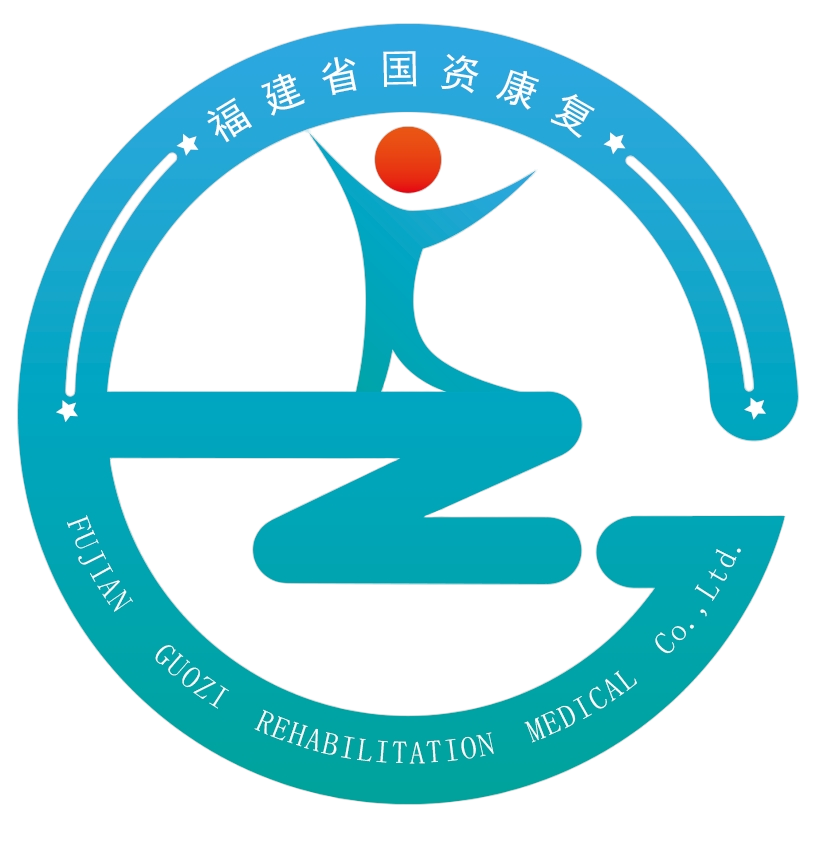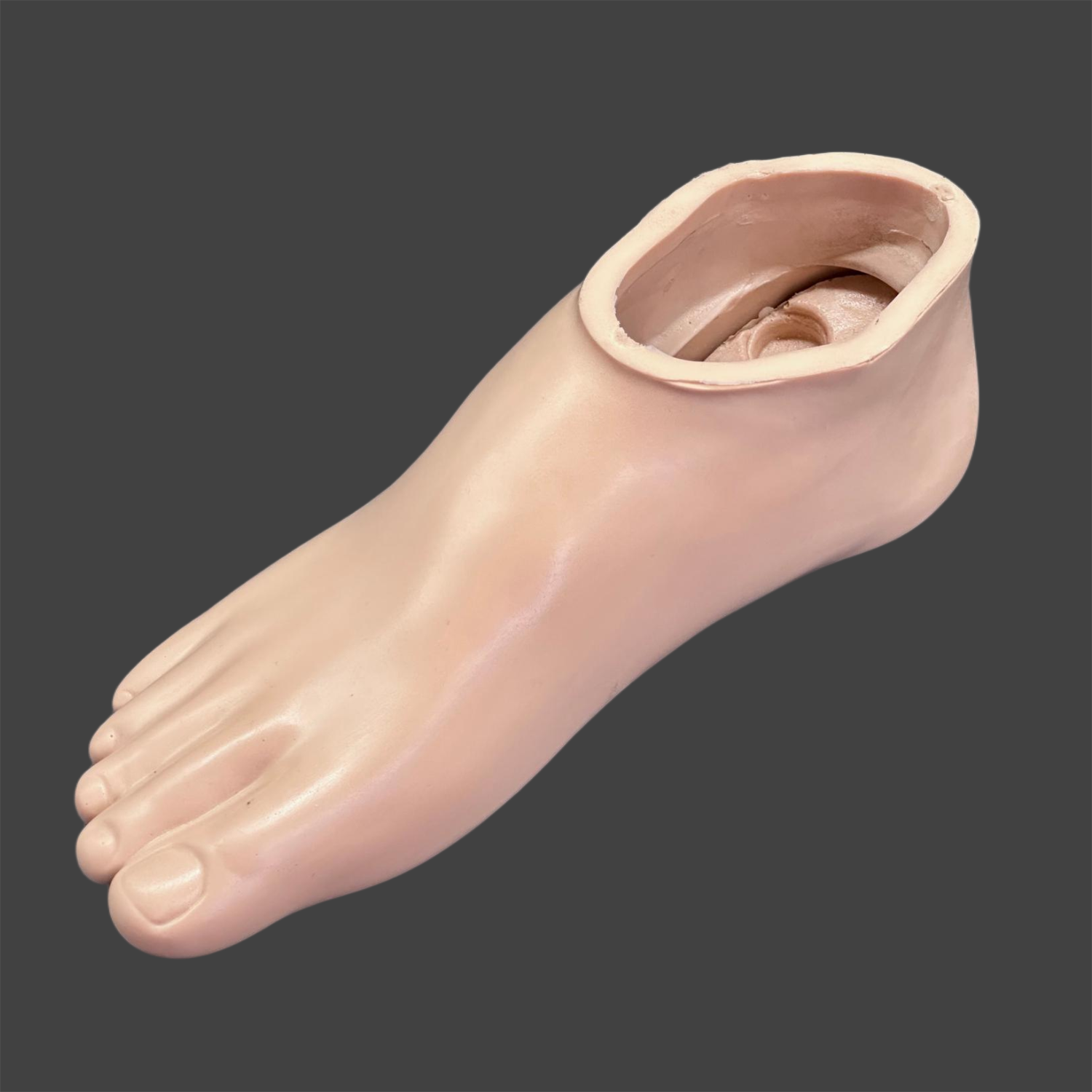Transforming Lives Through Modern Prosthetic Technology
Disability prostheses have revolutionized the way individuals with limb differences or loss navigate their daily lives. These sophisticated devices serve as more than just replacement limbs – they represent gateways to independence, confidence, and renewed possibilities. From advanced robotic arms to customized leg prosthetics, these technological marvels are continuously evolving to provide users with increasingly natural functionality and improved quality of life.
The impact of disability prostheses extends far beyond basic mobility. They enable users to perform intricate tasks, pursue careers, engage in sports, and participate fully in social activities. As technology advances, these devices become more sophisticated, offering enhanced sensory feedback and intuitive control systems that closely mimic natural limb movements.
The Evolution of Prosthetic Technology
Historical Development and Innovation
The journey of disability prostheses from simple wooden attachments to today's advanced bionic limbs showcases humanity's remarkable progress in assistive technology. Early prosthetics focused primarily on cosmetic appearance and basic functionality. However, the introduction of new materials, electronic systems, and biomechanical engineering has transformed these devices into sophisticated tools that can interpret neural signals and respond with precise movements.
Modern disability prostheses incorporate lightweight materials such as carbon fiber and titanium, offering durability without compromising comfort. The integration of microprocessors and artificial intelligence has enabled these devices to learn and adapt to individual user patterns, providing more natural and efficient assistance in daily activities.
Breakthrough Technologies in Modern Prosthetics
Recent innovations in disability prostheses include advanced sensor systems that provide real-time feedback about pressure, temperature, and position. This technology allows users to grasp objects with appropriate force and maintain better balance while walking. Some cutting-edge prosthetic limbs now feature direct skeletal attachment through osseointegration, eliminating the need for traditional socket systems and providing enhanced stability and sensory feedback.
The development of myoelectric prostheses has particularly revolutionized upper limb replacements. These devices use electrical signals from existing muscles to control prosthetic movements, offering unprecedented precision and control. Additionally, new research in neural interfaces promises even more intuitive control systems for future disability prostheses.
Enhancing Daily Living Activities
Personal Care and Independence
Disability prostheses play a crucial role in helping individuals maintain personal autonomy in daily routines. From basic tasks like dressing and grooming to more complex activities such as cooking and cleaning, these devices restore independence and dignity. Modern prosthetic hands can perform multiple grip patterns, allowing users to handle various objects with confidence and precision.
The psychological impact of this increased independence cannot be overstated. Users of disability prostheses often report significant improvements in self-esteem and mental well-being when they can perform daily tasks without assistance. This independence also reduces the burden on caregivers and family members, promoting more balanced relationships.
Workplace Integration and Professional Success
In professional settings, disability prostheses enable individuals to pursue diverse career paths and perform job duties effectively. Specialized attachments and adaptable interfaces allow users to operate computers, machinery, and various tools required in their chosen professions. The workplace integration of prosthetic technology has opened new employment opportunities and helped break down barriers to professional advancement.
Many organizations now recognize the value of investing in advanced disability prostheses for their employees, understanding that these devices not only improve individual performance but also contribute to a more inclusive and diverse workforce. The adaptability of modern prosthetics means that users can customize their devices for specific work-related tasks.

Social Integration and Recreational Activities
Sports and Athletic Performance
The realm of adaptive sports has been transformed by specialized disability prostheses designed for athletic activities. From running blades to customized attachments for swimming, cycling, and other sports, these devices enable individuals to compete at high levels and maintain active lifestyles. Paralympic athletes have demonstrated the remarkable capabilities of modern prosthetic technology, often achieving performances comparable to able-bodied athletes.
Recreational prostheses are also available for various hobbies and activities, allowing users to participate fully in their chosen pursuits. Whether it's gardening, playing musical instruments, or engaging in artistic activities, specialized attachments and adaptations make these activities accessible and enjoyable.
Social Interaction and Emotional Well-being
Disability prostheses contribute significantly to social confidence and interaction. Modern devices offer natural-looking cosmetic options and fluid movement patterns that help users feel more comfortable in social situations. The ability to participate fully in social activities, from dining out to dancing, helps maintain and strengthen personal relationships.
Support groups and communities centered around prosthetic users provide valuable networks for sharing experiences, tips, and emotional support. These connections help individuals adapt to their devices and overcome challenges while building lasting friendships with others who understand their journey.
Frequently Asked Questions
How long does it take to adapt to a new prosthetic device?
The adaptation period varies significantly among individuals, typically ranging from several weeks to a few months. Factors such as the type of prosthesis, the user's physical condition, and the level of support during rehabilitation all influence the adjustment timeline. Consistent practice and professional guidance can help expedite the adaptation process.
Are disability prostheses covered by insurance?
Many insurance plans provide coverage for disability prostheses, though the extent of coverage varies. Basic prosthetic devices are typically covered, while more advanced features may require additional documentation or out-of-pocket expenses. It's important to work with healthcare providers and insurance companies to understand available coverage options.
How often do prosthetic devices need to be replaced or maintained?
Most disability prostheses need replacement every 3-5 years, depending on usage patterns and wear. Regular maintenance is essential and typically includes socket adjustments, component checks, and periodic realignment. Active users may require more frequent maintenance or replacement of certain components to ensure optimal performance and safety.




